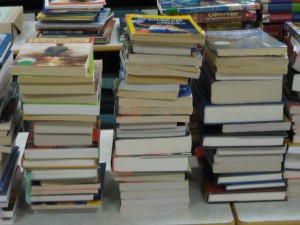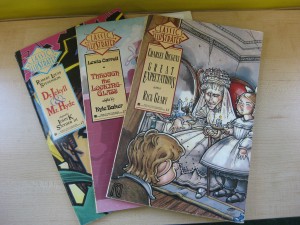The first few weeks of school are always interesting. The students are trying to learn the personality of the teacher, while the teacher is trying to learn the strengths of the students. This often involves some type of writing activity, where the teacher can gain a writing sample from her new students without the anxiety (or added marking workload) of a formal literacy assessment. Here are three ideas of writing samples that introduce the students to you and that also make good bulletin board displays:
Autobiography Poem: I first came across this version of the poem when I was a student teacher attending a writing workshop at my university. However, I have since found several examples on the Internet. The poem is 10 lines, with the first line being the student’s first name and the last line being his or her last name. In between, the student answers basic questions about themselves (ex. what they like, hate, are afraid of, dreams, etc.) I usually model how to complete the poem by writing one about myself for the class. I’ve also used this as a biography poem later in the year, where students take a historical figure or a character from a novel and complete the poem to demonstrate their understanding of that person.
Puzzle Pieces: There will be several students with different strengths in the new classroom. Divide the students into groups of four, and give each group a large paper with four connected puzzle pieces drawn in thick black pen. Each group works to cut apart the puzzle pieces. The students then decorate their pieces, and in each corner write a sentence explaining their strengths and how they could help other students throughout the year. Examples of the sentences include: “I really like Math, and I could help you with your Math homeworkâ€, “I’m an organized person, so I can help you clean your binderâ€, or “I love playing video games, so I could help you beat that final level.â€Â After students have completed and coloured their puzzle pieces, they meet back into their groups to share their strengths and glue the puzzle pieces back together on construction paper. You can then display the completed puzzle pieces.
Name Acrostic: Students write their name vertically down the page. They then think of words that describe them that start with each letter of their name. The lesson becomes a review of good describing words, or adjectives. I can involve the entire class in thinking about a good describing word for the unfortunate student who has a “y†or a “z†in their name. I usually have an example to show the students with my own name, and have the students illustrate and colour their acrostics for a quick bulletin board display.
Please share if you have another writing idea that we can all add to our filing cabinets.




